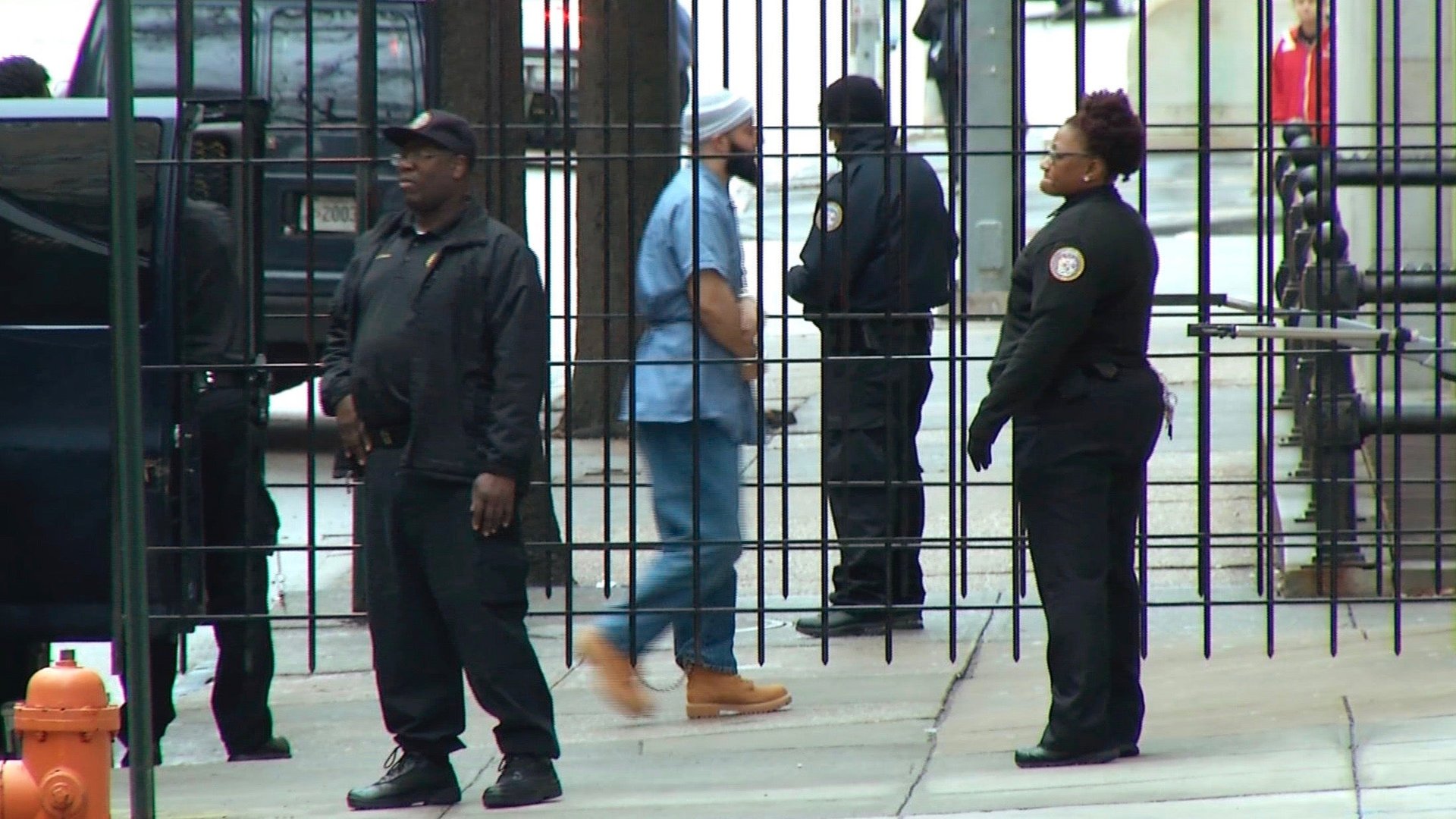HBO’s “The Case Against Adnan Syed” vs. true crime in real life
No one wants to be the victim of a crime, or to be accused of committing one. But boy do we love stories about people in those positions.


No one wants to be the victim of a crime, or to be accused of committing one. But boy do we love stories about people in those positions.
If the popularity of the true-crime genre is any indication, people are fascinated by investigations of murder cases that may have ended with wrongful convictions, like the Netflix documentary Making a Murderer. Gruesome ends for women. Potentially innocent young men imprisoned. The tales are riveting because they describe our worst nightmares and, worse yet, they happened to people in real life. And because we hope or believe the power of the media will shed light on the truth and serve justice.
The case against Adnan Syed—also the name of a four-part HBO documentary which begins airing tonight (March 10)—is one of those stories. Syed’s trial was the subject of the immensely popular podcast Serial, which turned its viewers into armchair sleuths who tried to uncover the truth. Did he in 1999 kill Hae Min Lee, his ex-girlfriend, while the two were high school students in Baltimore County, Maryland?
The outsized interest in the case led to the creation of the new documentary, which continues to explore this question. But what is most interesting about the work isn’t really the murder at all. It’s the snapshot that it provides of the quintessentially American lives of the main characters, Syed and Lee, their families, and the friends who went to school with them.
Syed’s parents are from Pakistan. Lee’s people are Korean. The two families are part of two distinct immigrant communities, with strict but different sets of rules for their American children. And those children are friends with a diverse group of individuals who attend the same magnet school for exceptional students, a place where they all study French and play football and field hockey and go on field trips to see Monet exhibits at the museum and attend the junior prom and make out in cars in the parking lot of Best Buy.
Syed and Lee are both very attractive characters, good-looking kids who seem to have everything going for them. They fall in love, and their teen romance is told through Lee’s diary, Syed’s recollections, and the memories of their friends. The only problems are that Syed, who is Muslim, isn’t allowed to date, and that Lee also has to keep her relationship secret. As the friends tell it, the romance was a postmodern Romeo and Juliet, forbidden love in the new country.
It’s a beautiful story. Until it gets gory. And heartbreaking.
Eventually the pressure of meeting secretly and lying to her family wore Lee down. She broke up with Syed. They got together again several times but Lee soon fell for an older colleague at her after-school job. Lee disappeared. Syed wasn’t a suspect. But after her body was discovered buried in a park and an anonymous call focused police on her ex-boyfriend, he was arrested and, ultimately, convicted of murder despite maintaining his innocence.
The documentary tries to get to the bottom of the case. Investigators meet with the boyfriend who was supposed to see Lee on the day of her disappearance but was never seriously considered a suspect. Producers speak to police who were on the investigation, to Syed’s family and a family friend of Lee’s, to teachers. Almost everyone interviewed talks about wanting the truth, for Syed, for Lee, for the families, so that justice can finally be served.
Spoiler alert: There was a development in the real case against Adnan Syed (paywall) on March 8. He was denied a new trial by the Maryland Court of Appeals. Syed had argued that his trial attorney was ineffective for failing to call an alibi witness and sought a new hearing to present evidence that his first lawyer didn’t offer in his defense. But the court held that, though the attorney was deficient, the witness’s presence wouldn’t have changed the outcome of the case anyway, applying the standard for whether ineffective assistance of counsel claims warrant rehearing. Syed’s claim was denied.
His attorney, C. Justin Brown, has vowed to continue fighting. He issued a statement in response to the court’s denial, saying:
Our criminal justice system is desperately in need of reform. The obstacles to getting a new trial are simply too great. There was a credible alibi witness who was with Adnan at the precise time of the murder and now the Court of Appeals has said that witness would not have affected the outcome of the proceeding. We think just the opposite is true. From the perspective of the defendant, there is no stronger evidence than an alibi witness.
And so, before HBO has even aired its series, the criminal justice system proves the point that a system designed for justice is still just a mechanism, a set of rules, a compilation of technicalities aimed at reaching conclusions, settling matters. Resolution is the imperative, at least as much as uncovering truths or serving justice.
That fact will no doubt will come as a disappointment to armchair sleuths who believed or hoped the media might do what the law would not on its own, that the prompting of podcasts and documentaries, the power of entertainment, would pressure a system built for conclusions to reconsider the one reached about Syed. But that’s not how true crime works in real life.